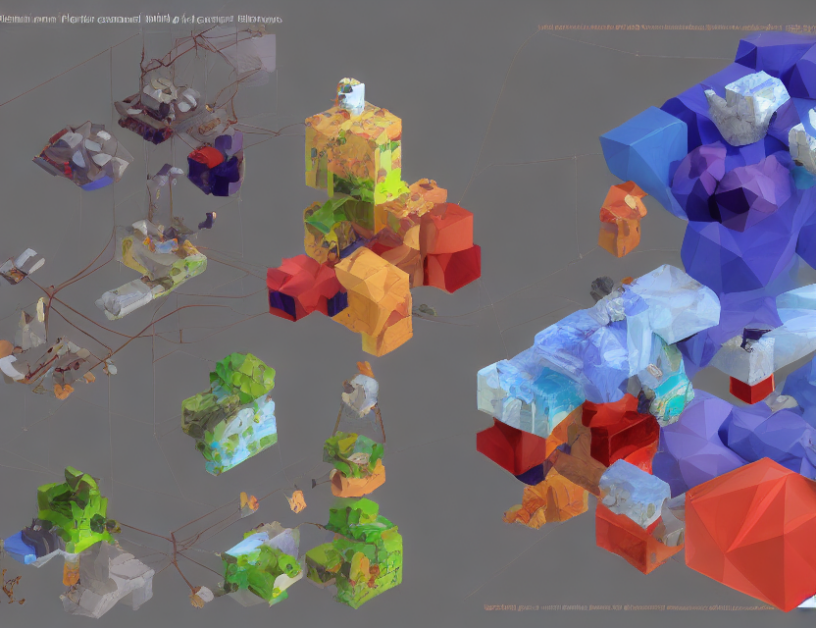Emotions play a crucial role in communication, and understanding them is essential for effective interaction. Recognizing emotions from various modalities, such as text, audio, and video, can provide valuable insights into the speaker’s inner state. In this article, we explore the use of graph neural networks (GCNs) for multi-modal fusion in emotion recognition. We demonstrate how GCNs can effectively fuse information from different modalities to improve emotion recognition accuracy.
Modalities and Features
To develop a multi-modal fusion model, we first need to define the features extracted from each modality. For text, we use word embeddings to capture semantic information. For audio, we extract mel-frequency cepstral coefficients (MFCCs) to represent spectral features. Finally, for video, we utilize a dense feature extraction method to capture facial expressions and action changes.
GCN Architecture
We adopt a graph convolutional network architecture to fuse the modalities. The GCN model consists of multiple layers where each layer applies a attention-based fusion operation on the input features. The attention mechanism allows the model to focus on the most relevant features from each modality, ensuring that the fusion is based on the most informative features.
Fusion Layer
In the fusion layer, we use a multi-head self-attention mechanism to compute the weighted sum of the input features. The weights are learned during training and reflect the importance of each feature for emotion recognition. By combining the features from different modalities, the fusion layer captures the complementary semantic information between them.
Experiments
We conduct experiments on a dataset containing text, audio, and video recordings of speakers expressing various emotions. Our results show that the GCN model outperforms single-modality models in emotion recognition accuracy. Specifically, the combination of text, audio, and video features achieves the best performance, demonstrating the effectiveness of multi-modal fusion for emotion recognition.
Conclusion
In this article, we proposed a graph neural network-based approach for multi-modal fusion in emotion recognition. By fusing information from different modalities, we can capture more nuanced aspects of the speaker’s emotional state and improve emotion recognition accuracy. Our experiments demonstrate the effectiveness of GCNs for multi-modal fusion and highlight the importance of considering multiple modalities for robust emotion recognition. This work has implications for a variety of applications, such as sentiment analysis, affective computing, and human-computer interaction.



